Amy F.
My experiences throughout my graduate program and internship have provided many opportunities for self-insight through every challenge, success, growing pain, and new connection. However, my greatest insight has been discovering my ADHD and autistic neurodivergencies and recognizing how they make up the foundation of who I am in terms of how I experience, process, and engage with the world around me. They have also impacted how others interpret and engage with me, even when my neurodivergencies have gone unseen and unrecognized. Late diagnosis meant that I spent years burning myself out trying to compensate and “pass” as neurotypical, and not being recognized as disabled while still being seen and treated as ineffably different (see also: annoying, weird, stubborn, undisciplined, overly sensitive, picky, difficult, know-it-all, intense, etc). Knowing my neurodivergencies has been enlightening, validating, and also highly complicated as I unpack internalized ableism, renegotiate my sense of self, and navigate ongoing self-disclosure in academic and professional spaces. My entire capstone has focused on gleaning a better understanding of my neurodivergent strengths and needs as I step into the field of art therapy, while also claiming full authorship of my disability narrative and professional identity as a neuroqueer AuDHD art therapist.
Embodying Otherness: An Exploration of my Neuroqueer Art Therapist Identity
3D Multimedia Sculpture, 77” x 24” x 30”
Plaster cloth, wire, metallic “gold” foil, acrylic paint, collage images, acrylic paint pens, ink pens, markers, wool roving, styrofoam, paper, cardboard, acrylic medium, mod podge, hot glue, fabric, beads, thread, yarn, ribbon, rubber bands, nails, copper wire mesh, pipe cleaners, wooden clothes pins, plastic straws, googly eyes, aluminum foil, natural found objects (tree branches, pine cones), synthetic found objects (standing lamp, adjustable curtain rod, copper string lights, lightbulb, precut wooden gears, hair clips, old jewelry)
Part of my neurodivergence is my hyper-curiosity and strong personal investment, lateral and detail-oriented thinking, and executive dysregulation. As such, I spent months in internal contemplation and information gathering stages of my process, trying to figure out how I could present an integrated disability autobiography and professional identity that would invite others into my neuroqueer experience. I needed it to be embodied, intimate, tactile, and evocative. I had a breakthrough after making a plaster cloth casting of my hand, and came up with a sketched plan of the sculpture and its various components. I had to dedicate myself to art making for several hours a day across several days, spending much more time than anticipated as I ended up having to remake certain body pieces, test various placement reconfigurations, and navigate challenges with attaching and hanging all of the pieces while trying to maintain balance and structural integrity of various brittle or delicate components.
The incompleteness of the human form and piecemeal integration of plaster body-castings, nonhuman found objects, and plant and animal aspects were my way of embodyingOtherness as a non-binary/Queer and neurodivergent person. The spiral cogs and sunflowers (Detail 9) represent my perseverative thinking over things that either elicit intense joyful fascination or distressing disturbance. The rainbow spinning wheel of doom (Detail 10) symbolizes my cognitive overwhelm when my mind is forced to process too much stimuli or information at once, forcing it to freeze like a computer. The golden eye with the pink heart illustrates my strength for seeing the potential for growth and hope, while also bearing a darkened under-eye in reference to fatigue and feeling overworked. The rainbow eye with bird feathers symbolizes my highly detail oriented perception and the intensity I sometimes bring when I am highly engaged or inquisitive. The peach heart (Detail 1 & 2) symbolizes my high emotional sensitivity and vulnerability. The body pieces I specifically chose to cast are where I experience the most sensory discomfort (Detail 3b), somatized stress and acute muscular tension (Detail 4 & 5), and physical damage from particular compulsory kinesthetic behaviors that have developed as sensory discomfort management (Detail 4 & 13). Many of the elements in my sculpture hail from poignant or recurring motifs, symbols, and personal archetypes featured in my previous art works. Inspired by Internal Family Systems work, I made multiple figurines across this last year as a way of exploring some of my archetypal parts (Full image & Detail 8): the hydra-snake a.k.a. “My Critics”, the big-hearted octopus, the curious-mischievous cat, the bother bug, the neurodivergent bat, and the bouncer. I also chose to integrate some pieces of art from earlier in the program, such as my art therapy development braid (Detail 12), my tiny wand (Detail 13), and some of the illustrated paper tags from my Life Narrative project (Detail 11). Lastly, I reintegrated a braid I had created in my second year of the program which represented my development as an art therapy student, with tags that mark different milestones in my journey to becoming an art therapist (Detail 12) in chronological ascending order. The end of the braid rests in the hand (Detail 13), left untied to allow for new additions and development as I start my career. The hand features wounded red finger tips contrasted by a soothing lavender and gilded palm, representing my identity as a neurodivergent wounded healer. It is held out as if offering up the two small objects to future art therapy clients: a painted rock with the words “being seen” and the tiny wand which represents the potential for wonder and empowerment that comes from making art.
-
 Embodying OthernessAmy Freer
Embodying OthernessAmy Freer -
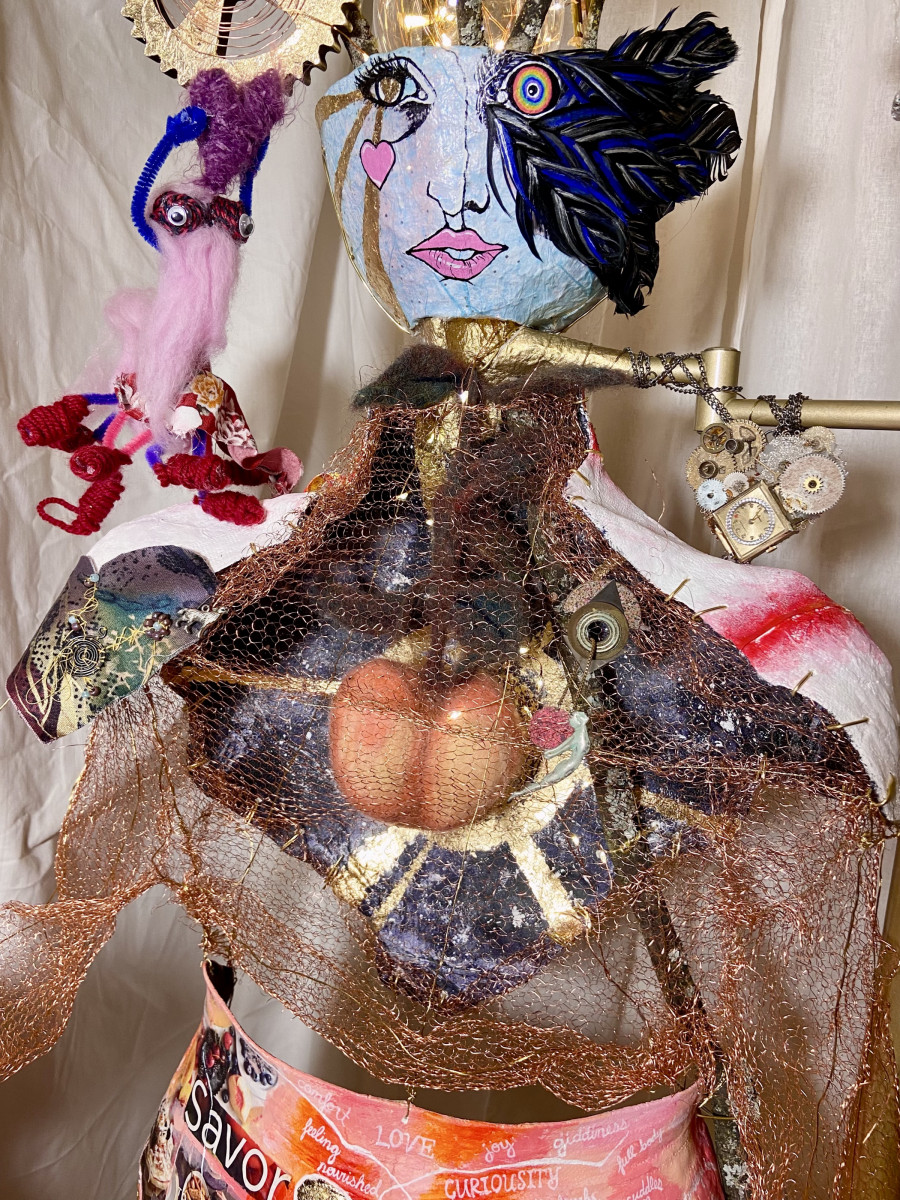 Detail 1: Upper BodyAmy Freer
Detail 1: Upper BodyAmy Freer -
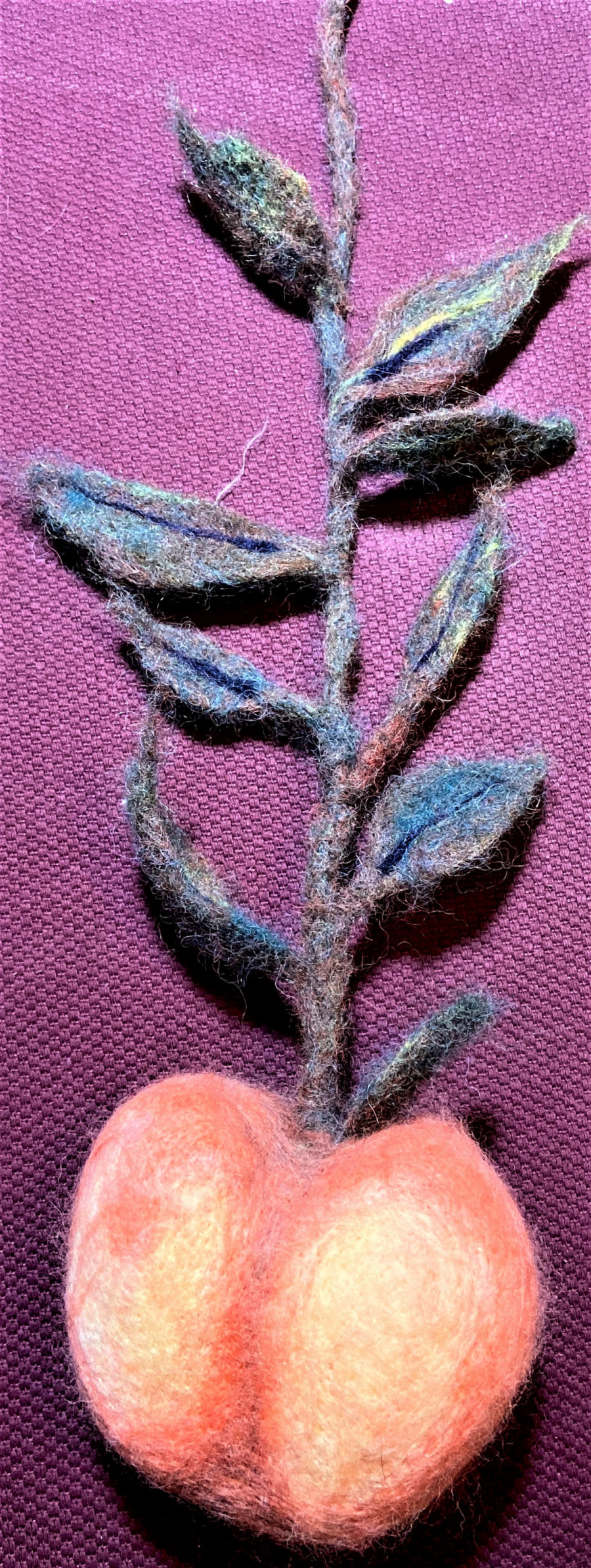 Detail 2: Peach HeartAmy Freer
Detail 2: Peach HeartAmy Freer -
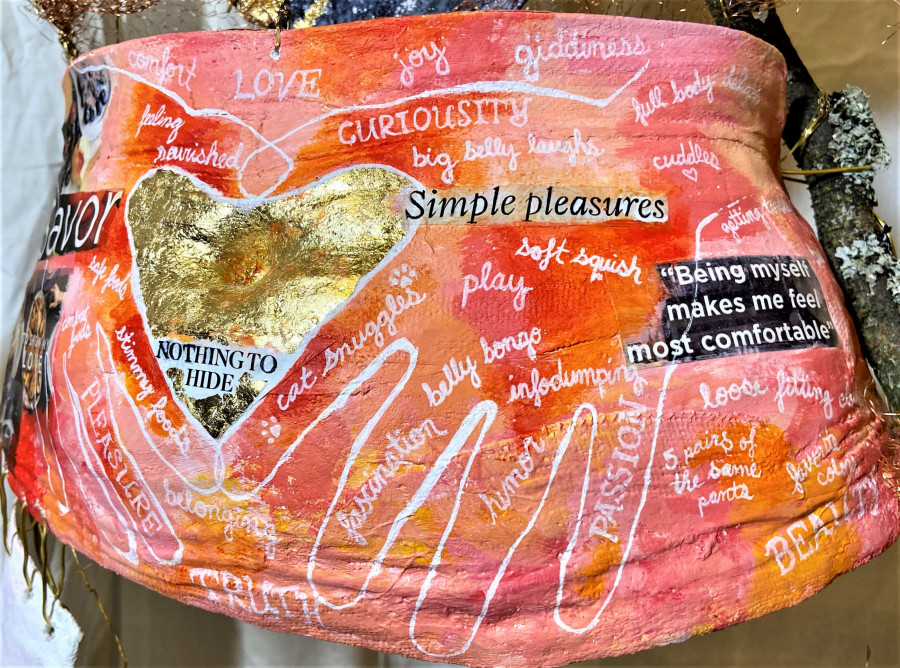 Detail 3a: Belly, externalAmy Freer
Detail 3a: Belly, externalAmy Freer -
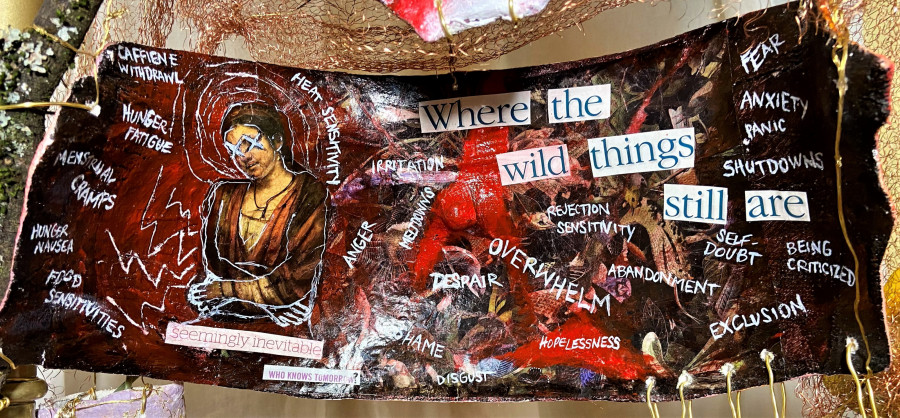 Detail 3b: Belly, internalAmy Freer
Detail 3b: Belly, internalAmy Freer -
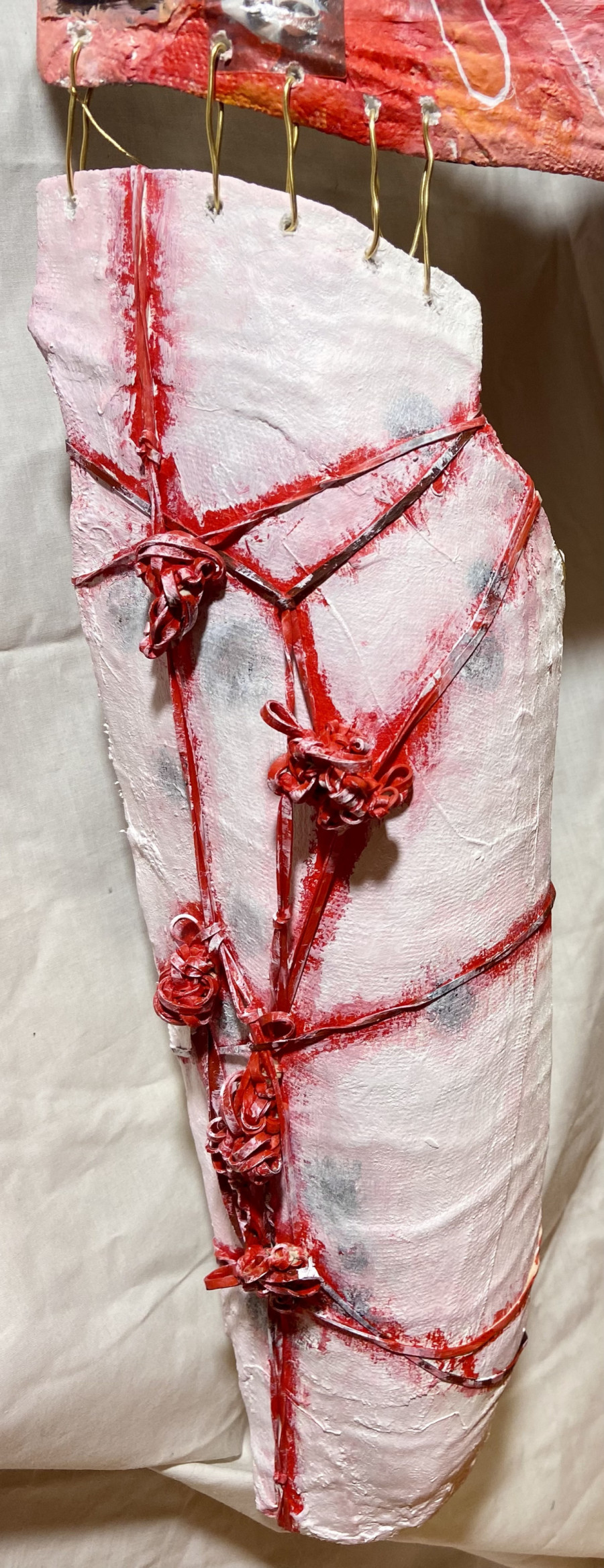 Detail 4: LegAmy Freer
Detail 4: LegAmy Freer -
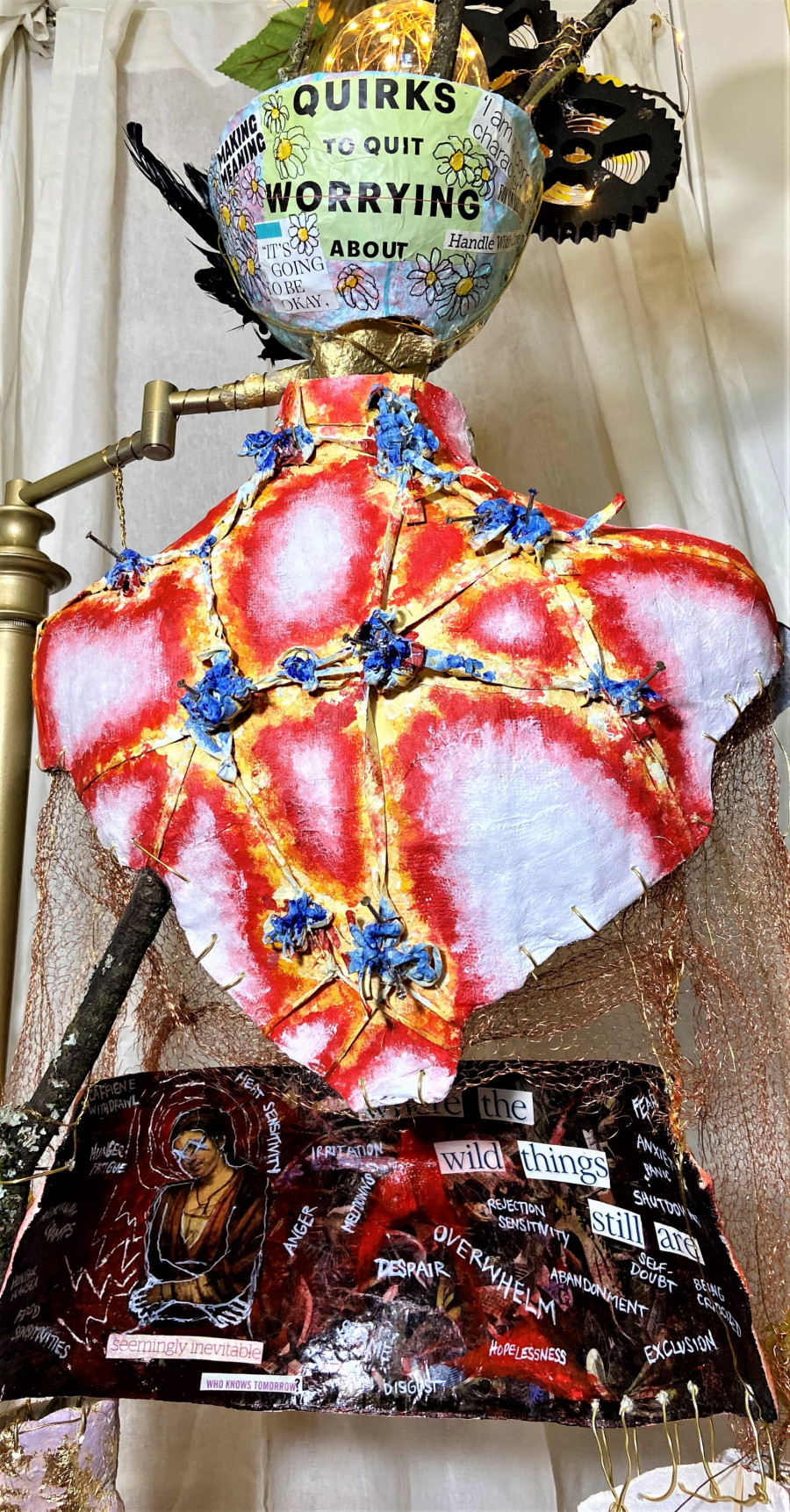 Detail 5: Back of BodyAmy Freer
Detail 5: Back of BodyAmy Freer -
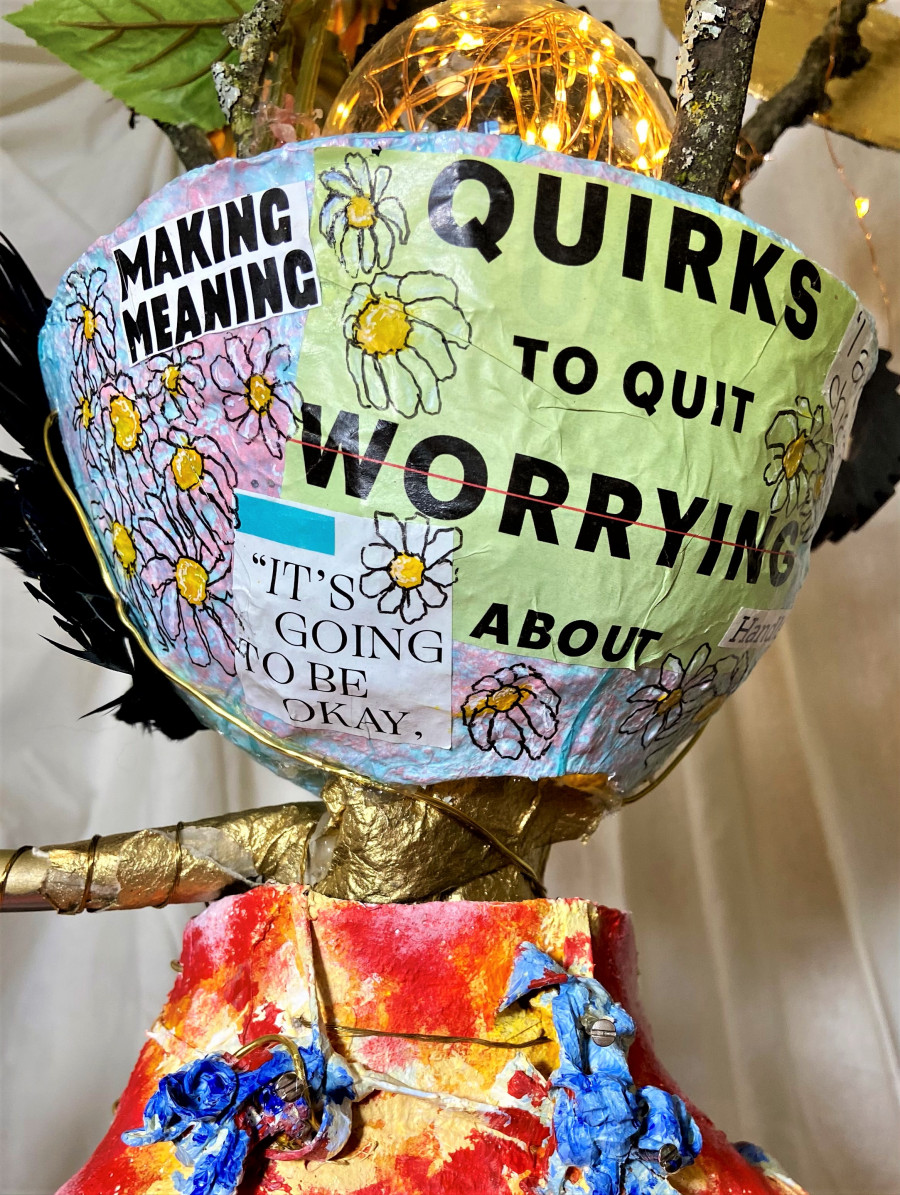 Detail 6: Back of Head, left sideAmy Freer
Detail 6: Back of Head, left sideAmy Freer -
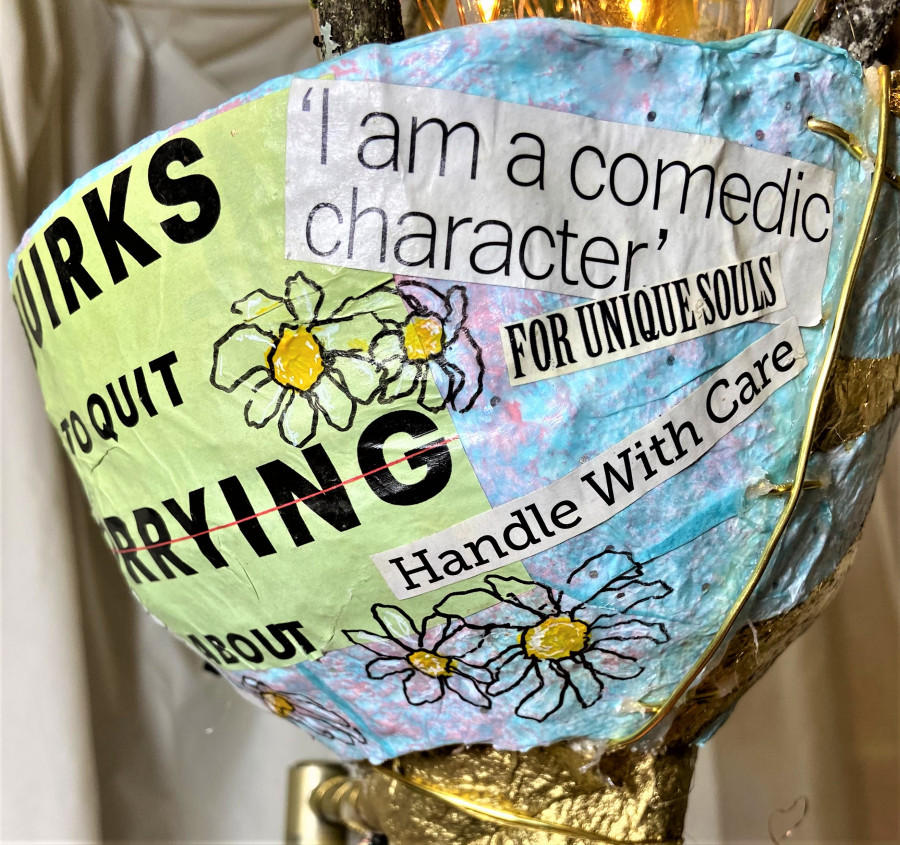 Detail 7: Back of Head, right sideAmy Freer
Detail 7: Back of Head, right sideAmy Freer -
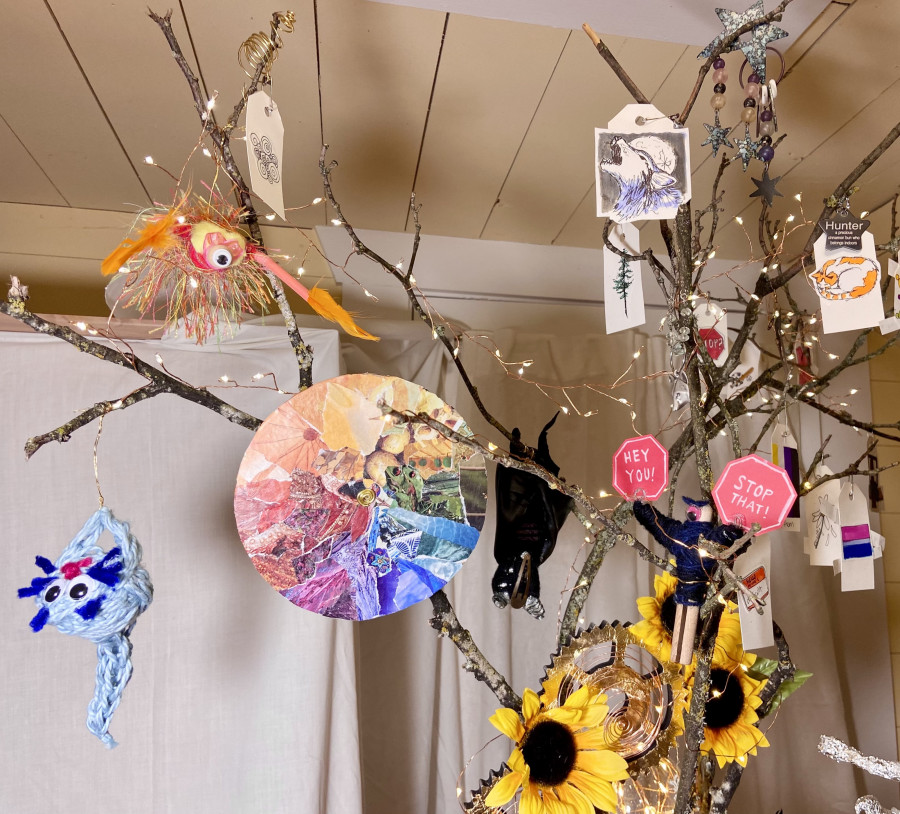 Detail 8: PartsAmy Freer
Detail 8: PartsAmy Freer -
 Detail 9: Cogs and SunflowersAmy Freer
Detail 9: Cogs and SunflowersAmy Freer -
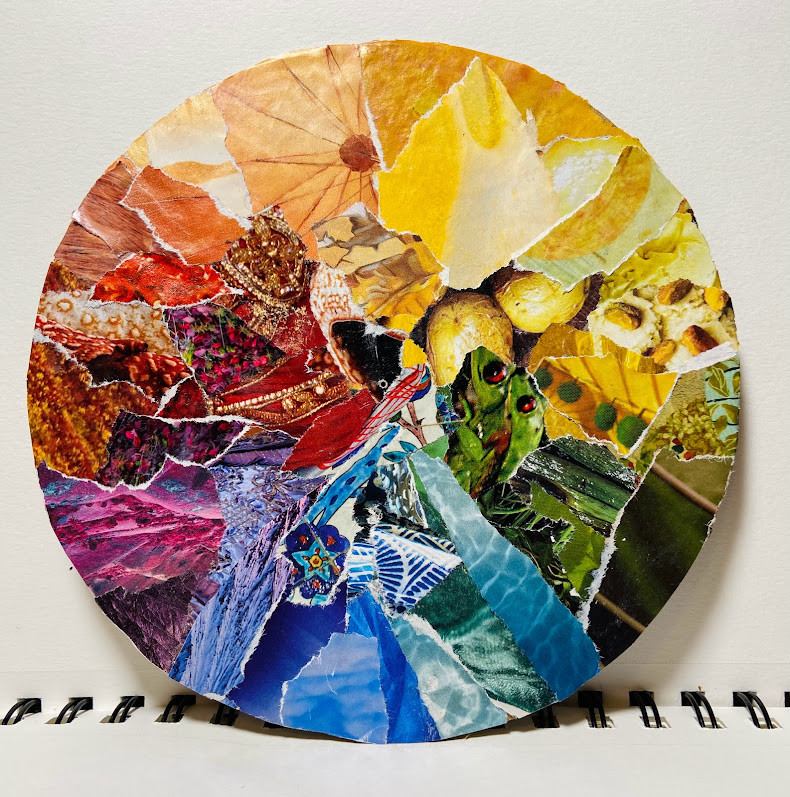 Detail 10: Rainbow Spinning Wheel of DoomAmy Freer
Detail 10: Rainbow Spinning Wheel of DoomAmy Freer -
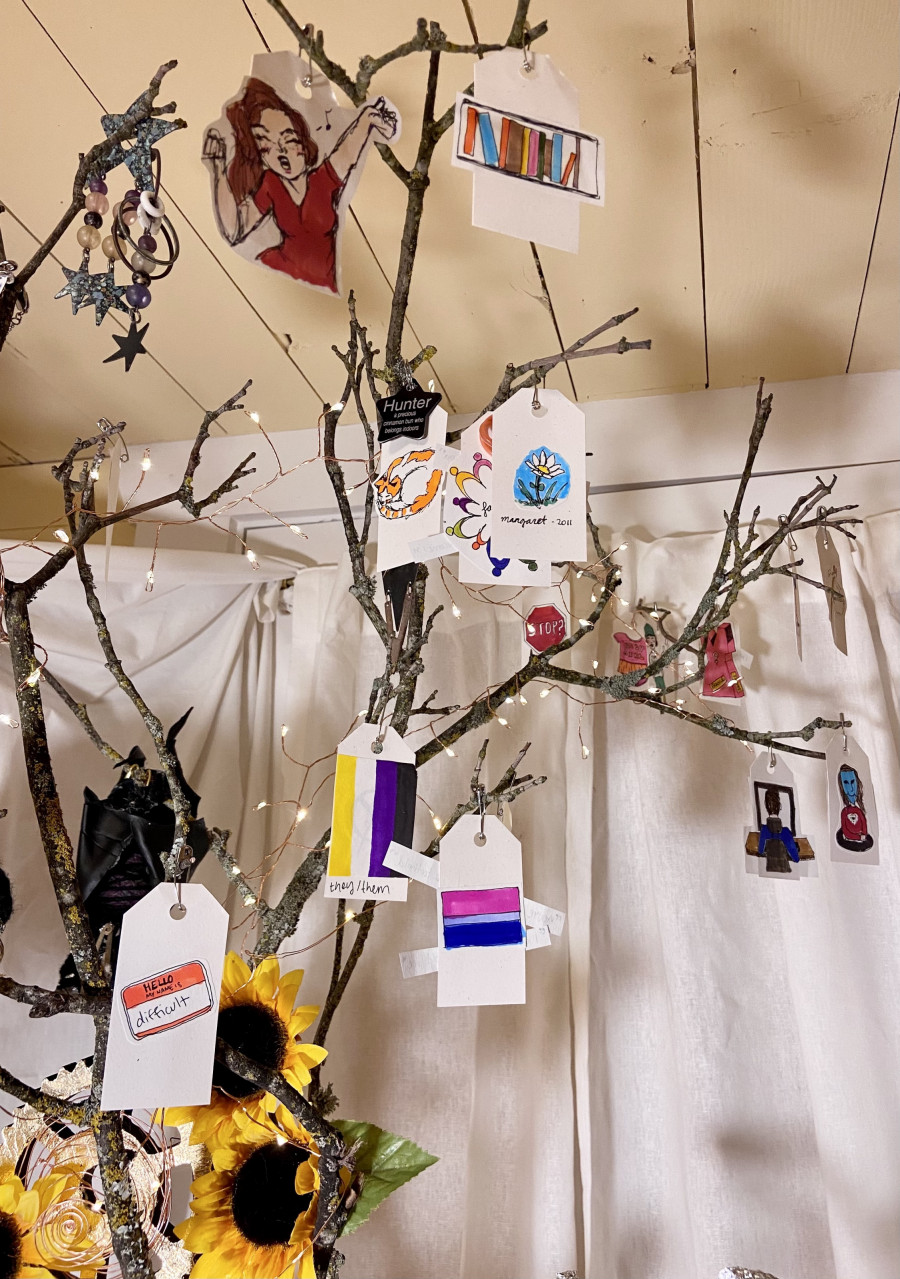 Detail 11: Life Narrative TagsAmy Freer
Detail 11: Life Narrative TagsAmy Freer -
 Detail 12: Becoming an Art TherapistAmy Freer
Detail 12: Becoming an Art TherapistAmy Freer -
 Detail 13: Hand Offerings from a Wounded HealerAmy Freer
Detail 13: Hand Offerings from a Wounded HealerAmy Freer
Art Therapy is located in room 326 of Rogers Hall on the Graduate Campus.
MSC: 86
email ctsp@lclark.edu
voice 503-768-6060
fax 503-768-6065
Chair Cort Dorn-Medeiros
Art Therapy
Lewis & Clark
615 S. Palatine Hill Road MSC 86
Portland OR 97219